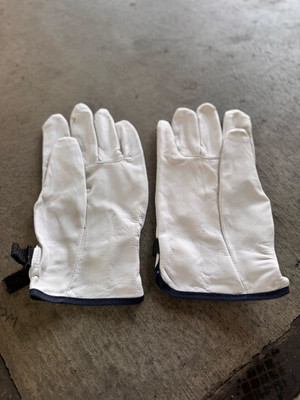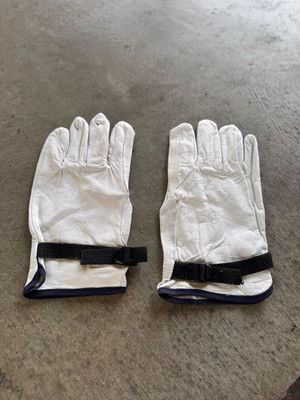


This course won the Motor Top 20 tool award in 2022! And the PTEN award in 2023! Along with the PTEN people’s choice award in 2023!
Electric Drive Vehicle Training Class Description:
It is no secret that the industry has begun switching to electric drive propulsion and have already begun phasing out internal combustion engine drivetrains as options for new vehicles in some cases. NOW is the time to get your shop prepared for this change and the influx of electric drive vehicles that will begin to appear in your service bays.
While we realize you have many options when it comes to training providers for this subject matter, Our training program is quite different from anything any of our competitors have to offer. Whether the vehicle is a hybrid electric or full electric, the components that make these systems work are the same. Our approach is to instruct the attendees on how the components within these electric vehicle systems are designed to work and how to perform diagnostics on these components.
What is included: 13 part video series with an accompanying 141 page manual
Course topics include:
We currently ship to the United States and Canada.
Canada: Please contact us directly to place your order. Shipping to Canada must be arranged over the phone.
We strive to get your equipment to you quickly and efficiently. Please note that order processing typically takes 1-2 business days, after which we will update you with tracking information.
For larger equipment/products, please allow 2-4 business days for pick and pack preparation. Once shipped, you will receive tracking information to stay up-to-date on the status of your order.
Small items (eg. Tablets & tools) | 3-5 business days
Large items (eg. Calibration Targets and Plates) | 5-8 business days
Full calibration packages | 8-10 business days
We want to ensure you're completely satisfied with your purchase. If you need to return an item, please contact our customer service team within 30 days of purchase. A 15% restocking fee will apply to all returns. The customer is responsible for return shipping costs. Refunds will be processed once the returned items are received and inspected at the warehouse.
All package sales are final due to the complexity of shipping the equipment. The total purchase price should be paid in full before shipment. When items are passed to the shipping carrier they are responsible for delivery. The equipment is covered solely by the manufacturer's warranty. The Buyer should inspect the equipment upon receipt and notify the Seller of any discrepancies as soon as possible. Let's get calibrating!